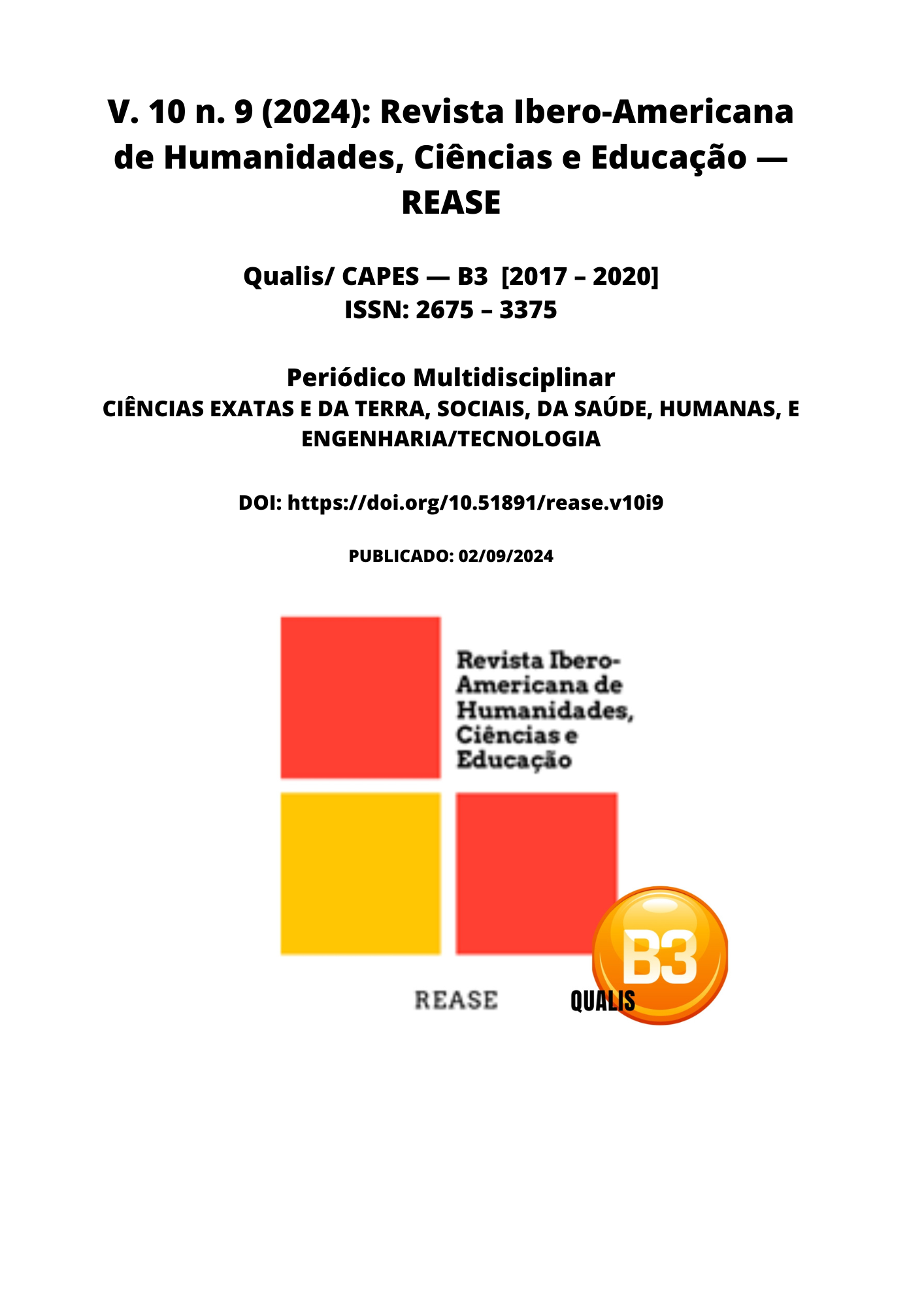MENTAL ILLNESS IN THE MALE POPULATION: PREVALENCE AND ASSOCIATED FACTORS: INTEGRATIVE LITERATURE REVIEW
DOI:
https://doi.org/10.51891/rease.v10i9.15509Keywords:
Mental illness. Male population. Mental health. Man.Abstract
Introduction: Male mental health is often neglected, influenced by cultural and social factors that reinforce the idea that men should be strong and invulnerable. This traditional masculinity contributes to the low demand for health services and the underdiagnosis of mental disorders. Objective: To understand, through the literature, the prevalence and factors associated with mental illness in the male population. Methodology: This study is an integrative review of the literature, based on the guiding question: “What are the health impacts that the use of electronic cigarettes can cause?” In which the selection of articles was carried out through the BVS through the indexed databases LILACS, MEDLINE and BDEN. Based on the descriptors registered in DeSC: “mental illness”, “male population” and “mental health and men”. Combined with the Boolean operator “AND”. The inclusion criteria adopted were: full articles, published in the last 5 years, in English, Portuguese and Spanish. The following were excluded: theses, monographs, dissertations and works that were not in line with the theme. Results and Discussion: The articles analyzed indicate a significant prevalence of mental disorders in men, although these are often underdiagnosed. The discrepancy between the lower prevalence of formal diagnoses of depression and the high incidence of suicides among men suggests an underdiagnosis, possibly due to men's difficulty in recognizing and expressing emotional distress. The traditional model of masculinity, which discourages the expression of vulnerability, contributes to self-destructive behaviors, such as substance abuse and violence, in addition to making it difficult to seek help. This "silent crisis" in male mental health reflects the social pressure for men to maintain an appearance of control, making it difficult to access appropriate treatments. Conclusion: It is necessary to challenge stereotypes of masculinity and promote emotional expression to improve men's access to adequate treatment and psychological support.
Downloads
Downloads
Published
How to Cite
Issue
Section
Categories
License
Atribuição CC BY

